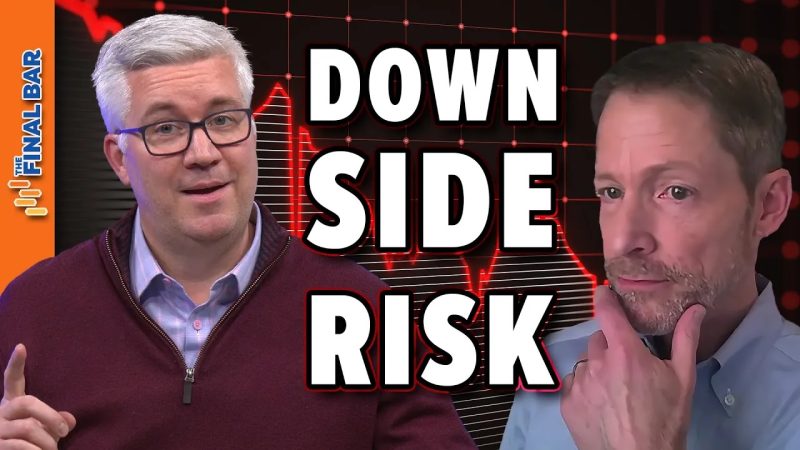In every market scenario, having a keen understanding of downside risk is crucial for investors. When the market is exuberant and bullish, it can be easy to overlook potential risks that may be lurking beneath the surface. While optimism is generally a positive sentiment, overconfidence and complacency can lead to significant losses if a correction or downturn occurs. It is essential for investors to stay vigilant and actively manage their downside risk even in a bullish market environment.
One of the key factors to consider when assessing downside risk in a bullish market is valuation. In times of market euphoria, stocks may become overvalued as investors bid up prices based on expectations of continuous growth. This can lead to a situation where the market is priced for perfection, leaving little room for any negative surprises. In such a scenario, even a minor disruption or disappointing news can trigger a sharp decline as investors rush to reevaluate their positions.
Another important aspect to consider is the level of leverage in the market. During bullish times, investors may become increasingly confident and be willing to take on more leverage to amplify their returns. While leverage can magnify gains in a rising market, it can also exponentially increase losses in a downturn. High levels of leverage can create a domino effect where margin calls force investors to sell positions, further exacerbating the decline.
Furthermore, market sentiment and investor psychology play a significant role in determining downside risk. In a bullish market, euphoria and herd mentality can prevail, leading investors to ignore warning signs and follow the crowd. This can create a situation where the market becomes disconnected from fundamentals, making it vulnerable to sharp corrections when sentiment shifts. Being aware of prevailing market sentiment and contrarian indicators can help investors gauge the level of downside risk present in the market.
Additionally, macroeconomic factors such as interest rates, inflation, and geopolitical events can also contribute to downside risk in a bullish market. Changes in economic conditions or unexpected events can quickly alter market dynamics and sentiment, leading to increased volatility and potential downside. It is essential for investors to keep a close eye on macroeconomic indicators and geopolitical developments to assess the overall risk environment.
In conclusion, while investing in a bullish market can be rewarding, it is crucial for investors to be aware of the potential downside risks that may exist. By staying vigilant, assessing valuation, monitoring leverage, understanding market sentiment, and keeping abreast of macroeconomic factors, investors can better position themselves to navigate through volatile market conditions and safeguard their portfolios against unexpected downturns. Adopting a proactive risk management approach is key to long-term investing success in any market environment.




























